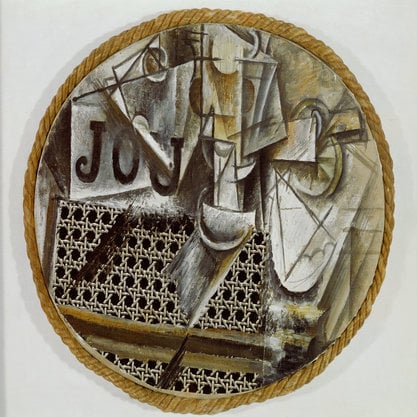Article
Art Deco By Jordan, Sharon
Article
Art Deco was the predominant decorative style in Europe and the United States between the World Wars, before spreading internationally and reaching its climax in the mid-1920s. It is known primarily for its opulence in materials and sense of elegant glamour, luxury, and prosperity in its design. Art Deco’s alternating geometric vocabulary and reliance on stylized natural forms, including flowers, animals, and female figures in the decorations, were applied to objects in every area of the decorative arts, including furniture, jewellery, graphics, bookbinding, glassware, and ceramics.
In the United States, its ascendant stepped forms were ideally suited for the early developments in urban skyscraper architecture. Like the Art Nouveau, which it replaced in popularity, Art Deco was an all-encompassing style in which all aspects of an interior and exterior were coordinated in design. The streamlined curve of Art Deco was embraced by industrial designers in consumer products including the automobile and household products now being made from Bakelite and other new plastics.





